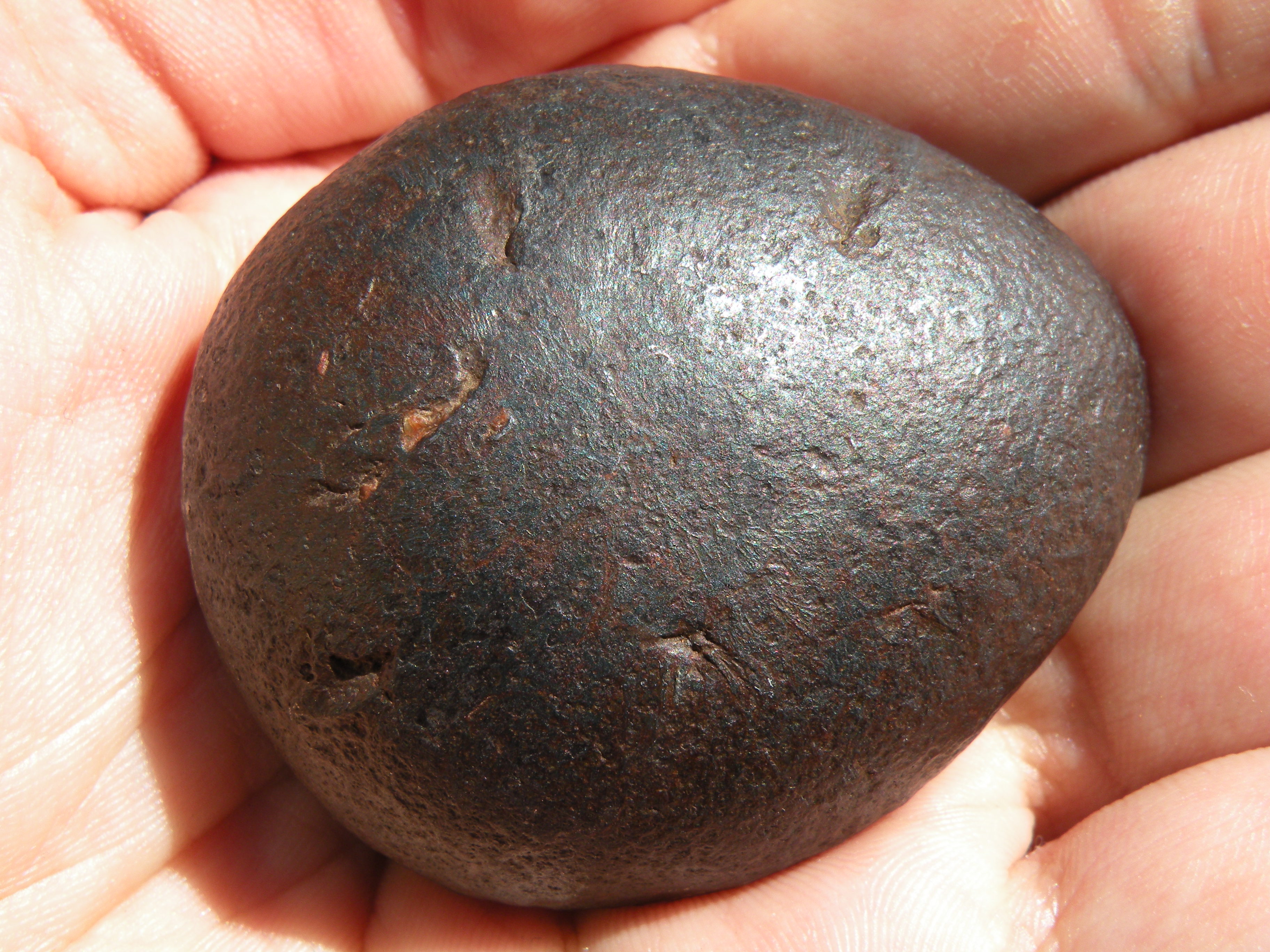

The signal is greatly enhanced, he explains, as the oscillating magnetic field drives the material in and out of superconductivity. When they cool a superconductor through its critical temperature, the absorption changes dramatically, explains James Wampler, a graduate student at UCSD who presented the results at the meeting.

The scientists applied both a strong constant magnetic field and a small oscillating magnetic field. To look for superconductivity, Schuller's team placed a small sample within a cavity pumped with microwave radiation. Both above and below its critical temperature a superconductor can absorb microwaves, but right at the transition the absorption changes.

So, his team put a twist on it to effectively amplify the signal. However, that technique is not sensitive enough to look for very small amount of superconductor, Schuller says. The phenomenon is known as the Meissner effect, and physicists also try to find new superconductors by looking for it, especially in heterogeneous samples that are only speckled with bits of superconductor and in which the resistance never goes to zero. But a superconductor has peculiar magnetic properties, too: It can repel an applied magnetic field if it is not too strong because free-flowing currents, swirling within the material, produce a field that cancels the applied one. The surest sign of superconductivity is a sudden plunge to zero in electrical resistance when the temperature drops below a critical threshold. Thus, they're fertile places to search for exotic new compounds, Schuller says. "Why not look at them? "Meteorites form under extreme temperatures and pressures beyond the capabilities of any laboratory on Earth. "There are all these materials that God has provided," Schuller says. More recently, researchers have found a family of high-temperature iron-based superconductors, and there are myriad other exotic superconductors as well.Īlthough many scientists strive to synthesize novel superconductors by designing particular properties from the atomic scale up, a team led by Ivan Schuller, a condensed matter physicist at the University of California, San Diego (UCSD), decided to screen existing materials, starting with meteorites. In 1986, physicists discovered a family of copper-containing compounds that superconduct at temperatures as high as 134 K (–139☌)-a phenomenon known as high-temperature superconductivity whose origins remain one of the biggest mysteries in science. "It sounds like they found something and isolated it," says Johnpierre Paglione, a condensed matter physicist at the University of Maryland in College Park, whose team is screening naturally occurring terrestrial minerals.Ĭonventional superconductors consist of simple metals, such as niobium, lead, or mercury, which become superconducting when cooled to below a characteristic "critical temperature" close to absolute zero-4.2 K in the case of mercury.

The result, reported here today at the annual March meeting of the American Physical Society, won't revolutionize scientists' understanding of the solar system, but it could raise hopes of finding a material that is a superconductor a room temperature-which could potentially lead to technological breakthroughs such as magnetically levitating trains. The observed range of saturation remanence implies that mare basalts cannot contribute significantly to the patchy lunar crustal magnetizations, which must be attributed to superficial impact processed feldspathic or mafic lithologies.LOS ANGELES, CALIFORNIA-Meteorites sometimes contain naturally occurring superconductors, materials that conduct electricity without any resistance, a team of physicists has found. The three sources of lunar materials provide coherent range of magnetic properties, although the much larger abundance of anorthositic highland samples in the meteorite collection allows one to better describe the properties of this major lunar lithology. Magnetic susceptibility and saturation remanence appear mainly controlled by the amount of metallic iron added by the regolith-forming processes and meteoritic contamination, as shown by a positive correlation with Ni and Ir content, a decrease with depth in regolith core profiles, and a decrease with increasing soil size fraction. New magnetic data were also obtained on 4 Apollo mare basalt samples. 37 unpaired lunar meteorites were studied, while new susceptibility measurements were performed on 88 Luna soil and rock samples, to complement published Luna and Apollo data. We present the first comprehensive study of the magnetic properties of lunar meteorites and compare them with measurements from Apollo and Luna returned samples.


 0 kommentar(er)
0 kommentar(er)
